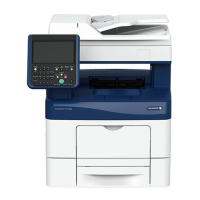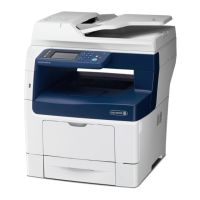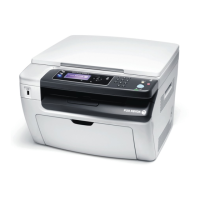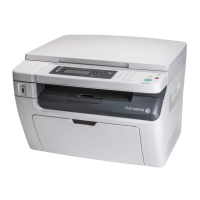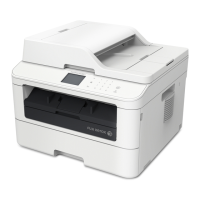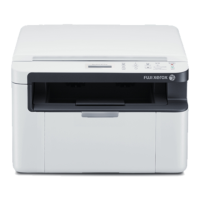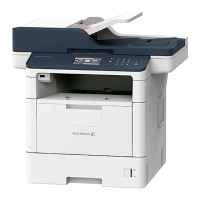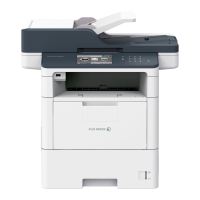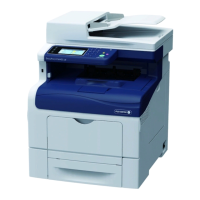Glossary
403
Appendix
13
Dial In this guide, it refers to entering a recipient's fax number.
The method of dialing provided by the machine include: manual
dialing using the numeric keypad, speed dialing, and using the
Address book, etc.
Dial Tone A tone generated from the telephone line. It indicates that you
are connected to the line.
Dial Type The dial type of connected line. The machine offers two dial types:
Tone (push circuit) and 10PPS (dial circuit / 10PPS).
Direct Internet Fax Allows you to send e-mail directly to the Internet Fax-compatible
machines without going through the SMTP server, while Internet
Fax uses the SMTP server to send e-mail.
Document Image An image of a document scanned by the machine.
DPI An abbreviation of Dots Per Inch. A unit used to describe printing
resolution in terms of the number of dots printed in one inch. Used
as a unit to describe resolution.
ECM An abbreviation of Error Correction Mode.
A type of G3 transmission. ECM transmission sends the document
image data in segments and retransmits segments that the
remote machine receives incorrectly.
"ECM" described on the Activity Report shows that the
communication was processed using ECM.
Edge Erase A feature that erases the top/bottom, left/right or center edge of
a document image when copying.
Emulation This refers to operating the printer to achieve the same print
results as when printing with other manufacturers' printers. This
mode is called the Emulation Mode.
Power Saver Feature A feature that switches the machine status to standby after a
period of inactivity.
The following power saver features can be set for the machine.
Low Power Mode:
The power to the fusing unit and motor is lowered when the
machine is left unused for a fixed amount of time. The touch
screen goes out, and the <Power Saver> button lights up.
Sleep Mode:
Most of the units in the machine are in standby status. The
machine consumes the least power.
Error Code A code is displayed on the touch screen or a report when a
problem occurs.
F Code A transmission method defined by Communications and
Information Network Association of Japan (CIAJ) for use of T.30
*
sub-addresses standardized by ITU-T. Between the machines with
the F Code feature, including those manufactured by other
companies, various features making use of F Code can be used.
(
*
: Communication standard)
With the Internet Fax feature of the machine, you can use F Code
to forward fax documents received in folders by e-mail.
F4800 This refers to communicating with a remote terminal outside the
country.
It is also one of the Transmission Mode selections that reduces
transmission speed to enable reliable communications even under
poor line conditions.
Term Description
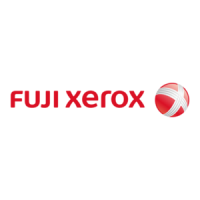
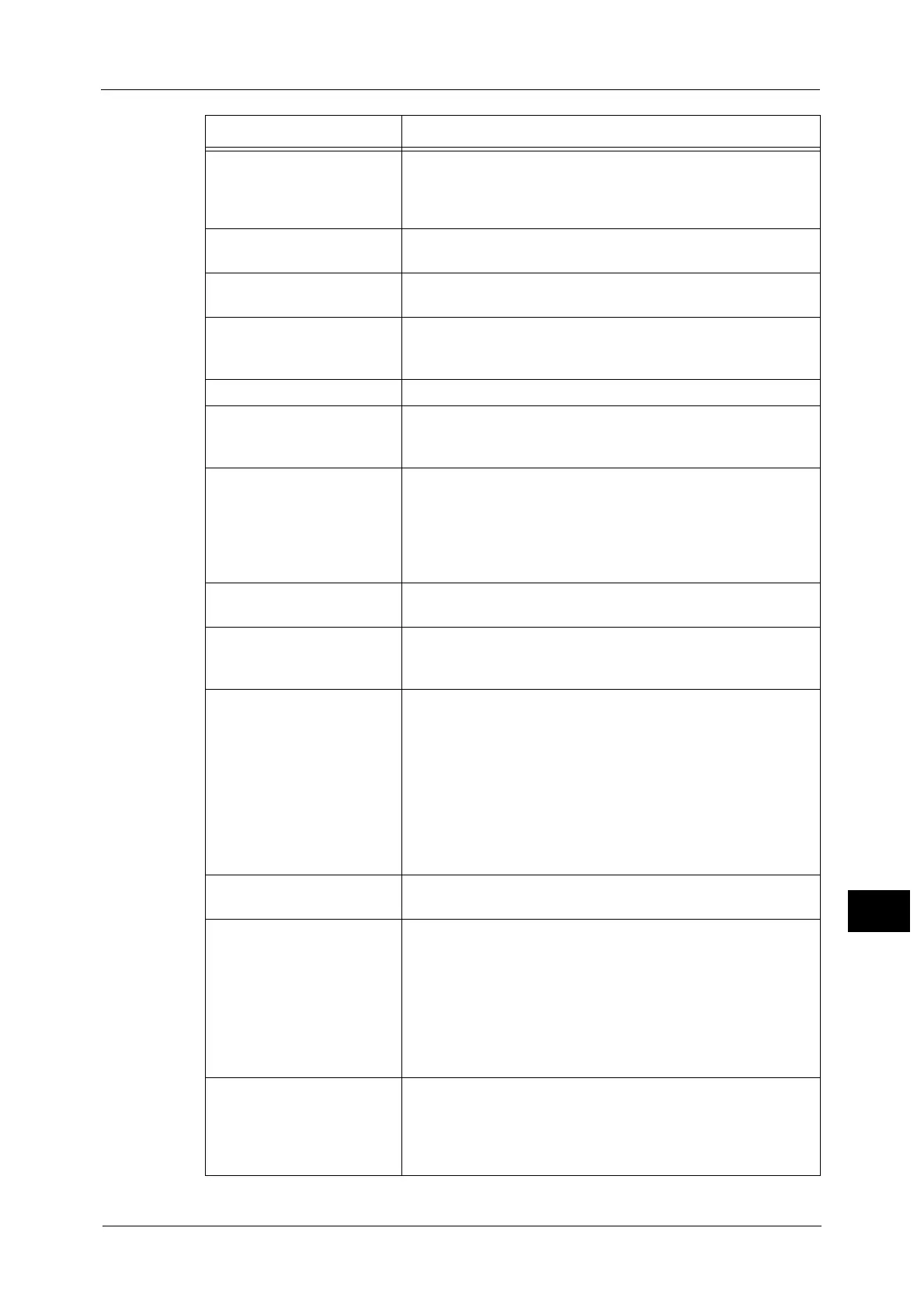